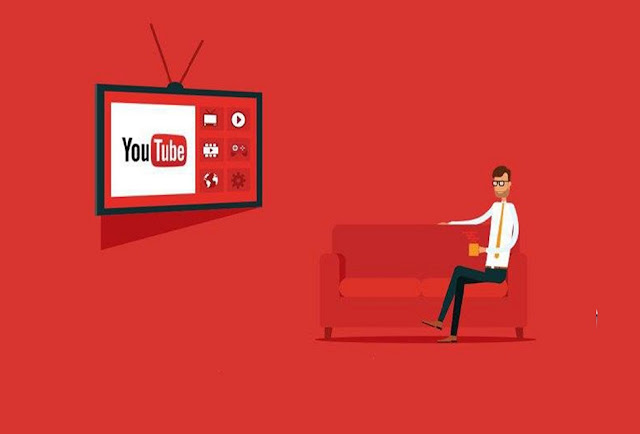
Even before the coronavirus outbreak, people’s preference was increasingly shifting to streaming over linear television. But in the year 2020, this trend accelerated at a rapid rate.
According to eMarketer’s forecast, during this year, about eighty-three percent of households in the United States will have at a minimum one connected TV, consumed by at a minimum of one person each month. In the United States, watching connected television has now become the mainstream viewing behavior.
Marketers have been delivering TV ads for decades. Now, connected TV offers new opportunities to marketers to engage consumers. By leveraging the right mix of connected television and linear TV, marketers can make the most out of their ad spend.
Statistics show that YouTube viewers are increasingly watching YouTube on their TV screens. In the month of December, last year, more than one hundred and twenty million people in the United States watched YouTube content or YouTube TV on their television screens.
By running YouTube advertising campaigns on connected TV, marketers can reap the benefits of the increasing popularity of connected TV. YouTube campaigns on connected TV can help marketers connect effectively and efficiently with their target audience, and also reach entirely new audiences.
A cereal brand was able to reach new customers by adding YouTube-connected TV advertising to its video advertising strategy. The brand created a video campaign that showcased healthy ingredients in its product. It made use of the Reach Planner tool in order to find out the best media mix, which incorporated YouTube-connected TV ads. The result of this approach was highly impressive as over one-third of the people reached by YouTube connected television ads were incremental to TV.
Moreover, the above campaign favored co-viewing. Results revealed that more than thirty percent of the time the ad played on YouTube on connected television, multiple users in the age group of eighteen years and over were together viewing it. This is beneficial for a company that positions itself as a brand for the entire family.
YouTube video ads on connected TV not only help marketers reach large audiences but also positively impact metrics that lie in the middle of the marketing funnel such as consideration. Keeping in mind the growing watch time of YouTube on TV screens, a beauty product brand along with its video ad agency decided to leverage connected TV for its fragrance product. It repurposed its existing creative and used new ad formats such as masthead for television screens.
About sixty-five percent of the total campaign reach came from CTV. YouTube video campaign on connected TV also led to brand growth and lift in purchase consideration. For the beauty brand, the connected TV-based YouTube ad campaign served as a key driver of success. It helped the brand in reaching new audiences beyond those already being reached on traditional television and on YouTube on desktop and mobile devices.
By running YouTube ads on connected TV, brands can maximize the impact of their video advertising campaigns and drive powerful results.
Comments
Post a Comment